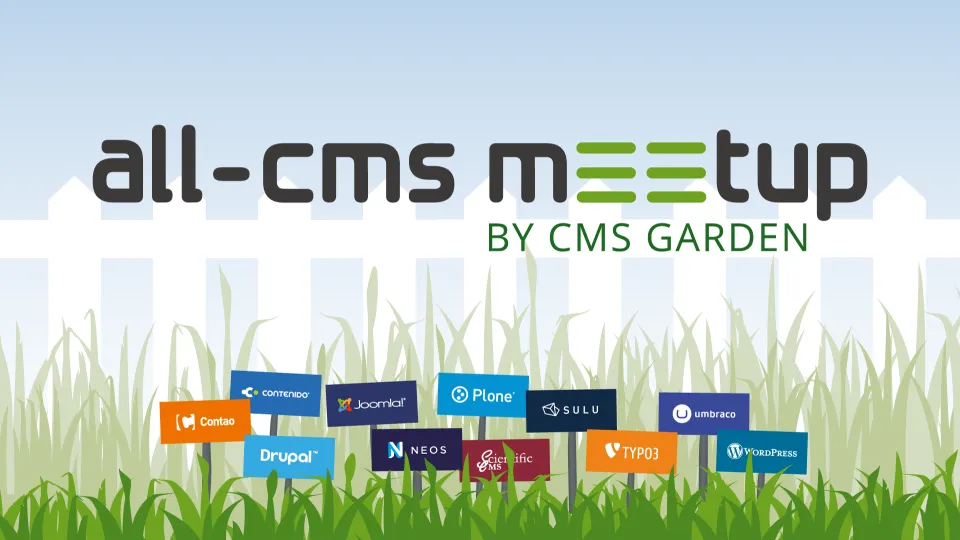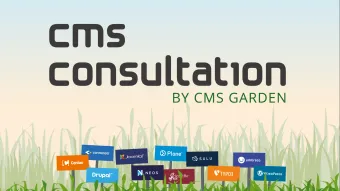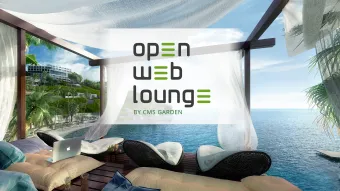For site owners and administrators, TYPO3 has a track record of delivering good ROI, powering stable long-term installations – some online for 10+ years (with regular updates and maintenance, of course) – that are still flexible enough to support innovation. For older installations, there are smooth migration paths to version 8.x from versions 4.5, 6.x, and 7.x.
TYPO3 CMS offers excellent multi-language and localisation support with nice-to-have features like side-by-side content translation for editors. The administrative interface is itself responsive and has built-in responsive preview functionality, supporting working from any device and screen size.
For developers, version 8.x is built for up-to-date workflows and deployments, with full cloud support, components from the Symfony framework, Composer-based package management, compatibility with PHP 7 and a number of the PHP-FIG PSR standards, up to and including PSR 7. Doctrine became the database abstraction layer in v8, making TYPO3 CMS compatible with MS-SQL, Postgres, MySQL/MariaDB and other popular database technologies. When it comes to building and customising sites and applications with TYPO3 CMS, developers can call upon more than 6,000 existing extensions, a strong community of peers, and the flexibility to build almost any web application you can imagine.
Innovation, Predictability - TYPO3 CMS major versions are delivered on a regular 18-month release cycle and include a Long-Term-Support release concept. TYPO3 8 was released in March 2016 to be fully supported until TYPO3 9 LTS is released in 2018, and will be supported with security and critical fixes until March 2020. Once community support expires for a major version, TYPO3 GmbH offers support for the most recent deprecated major release through its (commercial) Extended Long-Term Support program.
Security - TYPO3’s Security Team follows security issue reporting and resolution best practices regarding TYPO3 CMS and 3rd party extensions. Subscribe to security bulletins to be informed about vulnerabilities in the core and 3rd party extensions.








